History
mochi-player has had different names before, but it’s fundamental goals were the same. An easy to use multimedia player that could play anything and was not in your way.
AniPlayer (2009)
Before it was called mochi-player, or even Baka MPlayer, it was called AniPlayer (then AniPlayer X). This was written in VB.NET. Design wise, it wasn’t beautiful. It used Windows Vista-era graphics and default .NET controls.
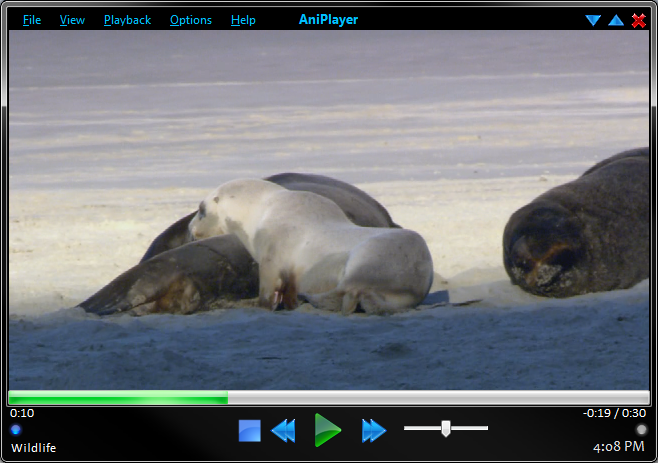
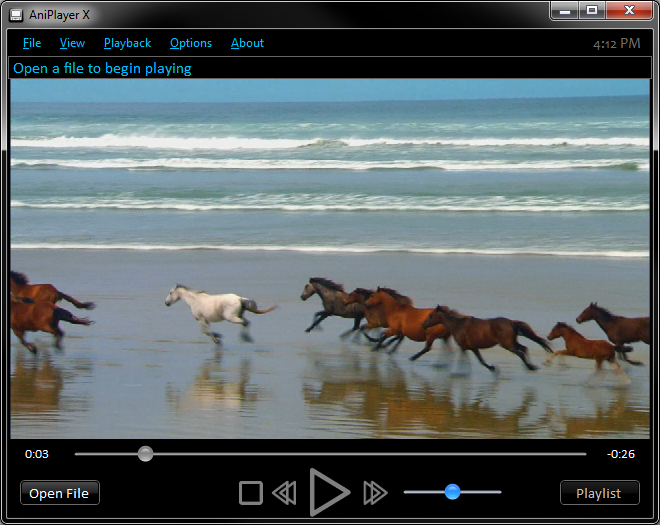
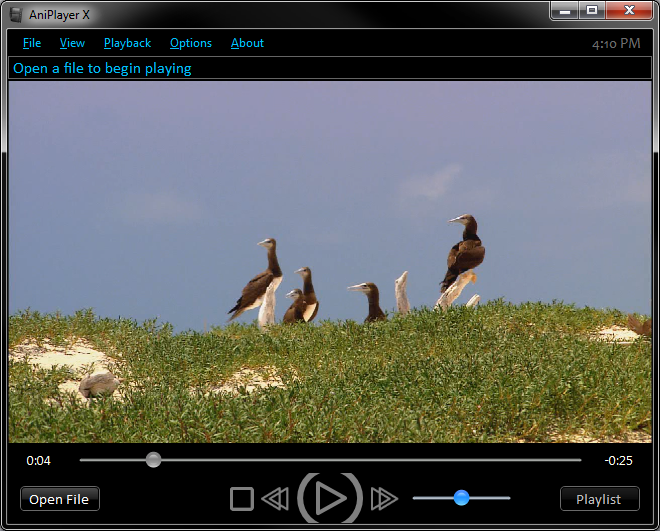
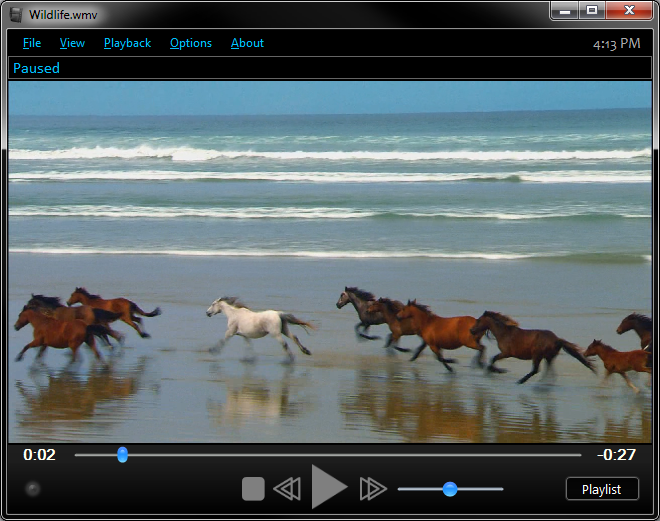
Niko Neko Puryea (2010-2011)
Technology change! I gained experience and it was now coded in C#. The name was also changed to Niko Neko Puryea. It still wasn’t beautiful but it no longer used stock controls.


Baka MPlayer (2013-2014)
A new name! The word “baka” is a non offending way of saying stupid in Japanese. I switched from VB.NET to C#. The playback engine used MPlayer, then mplayer2, then finally mpv. It allowed Baka MPlayer to open almost any media file. It’s design also started to settle down. A simple voice command ability that was based off of Window’s speech-to-text API was added.
.png)
.png)
The new Baka MPlayer (2014-2015)
My friend u8sand showed interest in helping out with the project. He was a Linux user so we agreed to make it cross platform. We decided to utilize the open source, cross-platform Qt framework. Qt had a different way of styling its UI from .NET. It allows the usage of CSS to customize it’s look and feel. I took advantage of that.
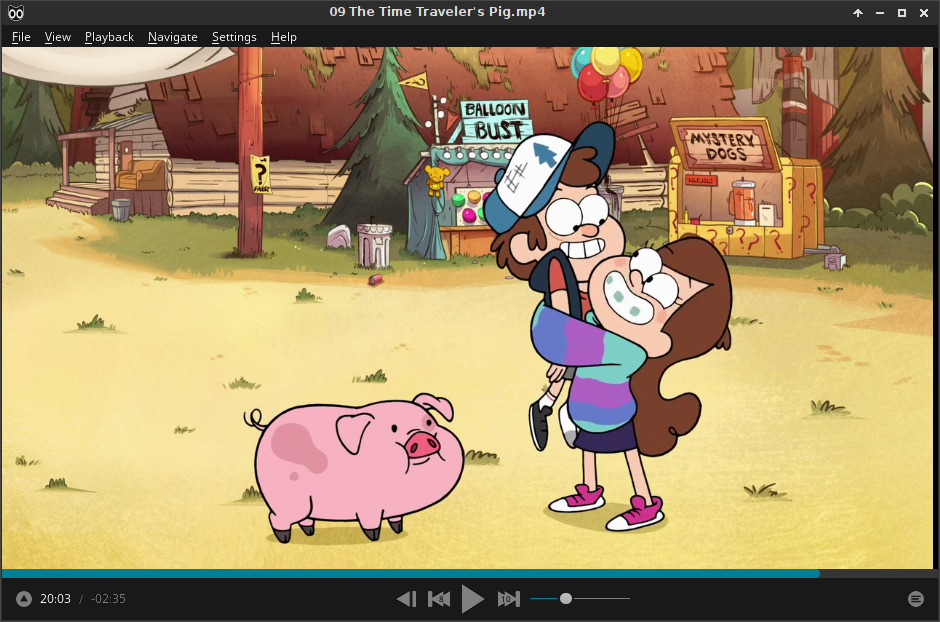
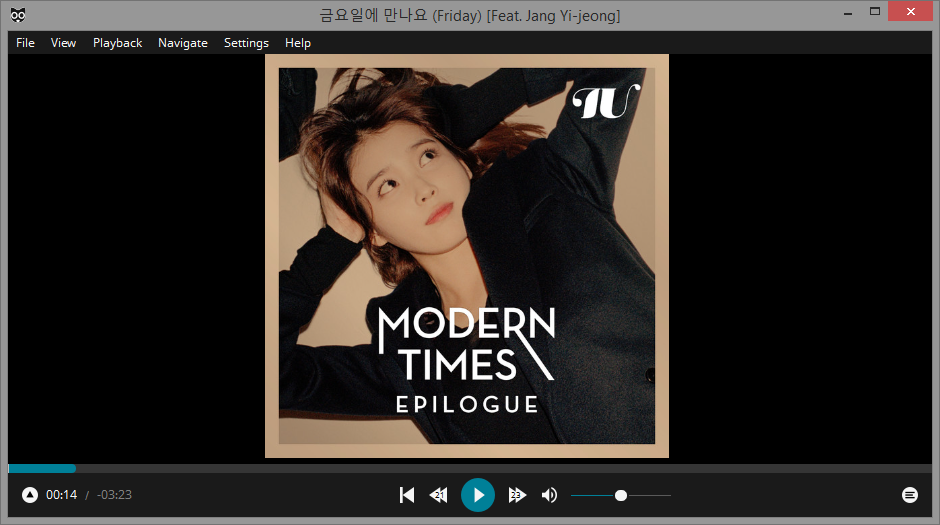
mochi-player (2016 onward)
We started from the ground up again. The last version of Baka MPlayer used Qt Widgets. We’ve decided to transition to Qt Quick + QML.
-
Moved to popup settings from menu items
While menu items are limited in technical functionality, popup menu allows you to incorperate whatever appropriate control (ie textbox, button, etc) whenever you need it. This allows us to organize the controls the way that makes the most sense, not limited to the cumbersome menu items.
Menu items duplicate functionality of some playback controls.